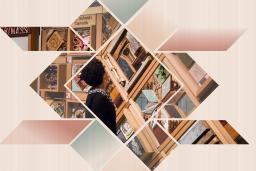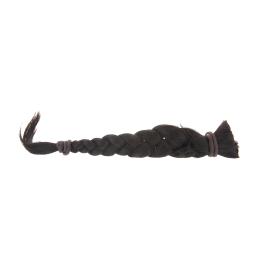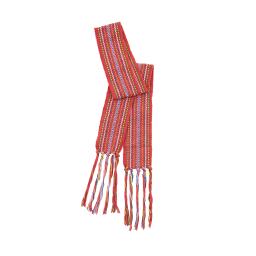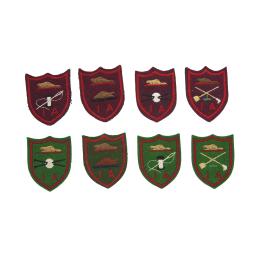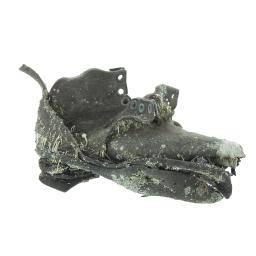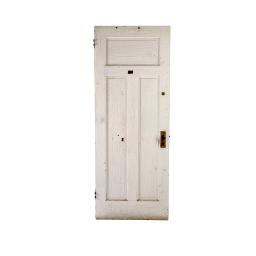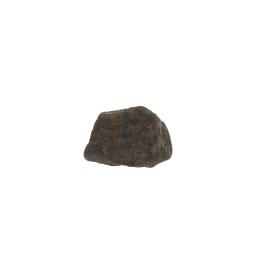This exhibition has ended, but you can see Witness Blanket: Preserving a Legacy in the Level 1 gallery from April 30, 2021 to January 16 2022.
The Witness Blanket (Level 6 - Expressions)
December 15, 2015 to June 25, 2016
This exhibition has passed.
Tags:
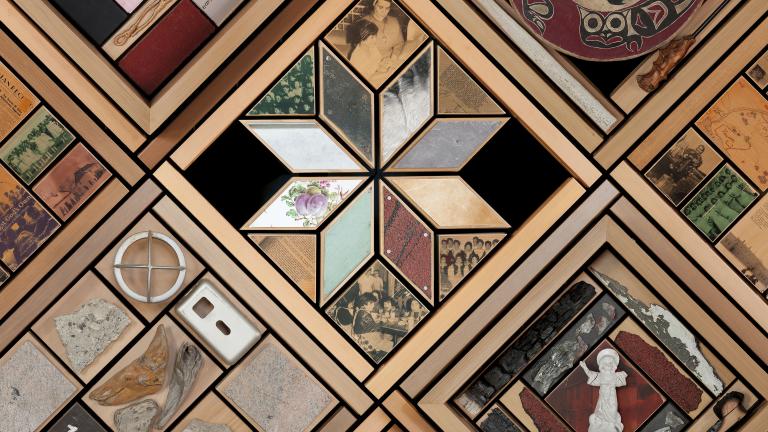
Photo: Courtesy of Carey Newman
Exhibition details
Inspired by a woven blanket, this large‐scale art installation by Carey Newman is made from pieces of history – hundreds of items reclaimed from residential schools, churches, government buildings, and other cultural structures all across Canada.
Contributions to the Witness Blanket were donated by residential school survivors and their families, band offices, friendship centres and governments. Other items were reclaimed from former residential school sites. Those responsible for the school system – churches and the Canadian federal government – have also donated pieces for this installation as a gesture towards reconciliation.
More than 800 items from 77 communities were gathered for this artwork. They include letters, photos, stories, books, clothing, art and fragments of buildings.
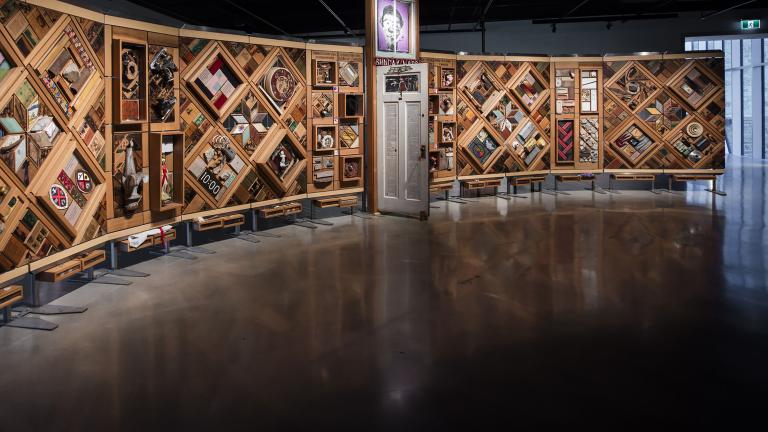
The Witness Blanket stands as a national monument to recognize the atrocities of the Indian residential school era, honour the children and symbolize ongoing reconciliation. More than 150,000 Indigenous children were forced into residential schools in Canada between 1870 and 1996.
The Canadian Museum for Human Rights hosted this exhibition between December 2015 and June 2016 in its Level 6 Expressions gallery.
To explore this powerful installation, you can download an iOS mobile app (free) created by the Witness Blanket team to explain the stories behind the objects you’ll see.
Pieces of history: Eight objects from The Witness Blanket
The following are examples of the hundreds of items that make up The Witness Blanket – each with their own powerful story.
Braids of hair
Marion and Ellen Newman – sisters of the artist and daughters of residential school survivor Victor Newman – grew their hair for over a year, then cut their braids during an eight‐day traditional ceremony. “It was a way to honour our dad, but a way to honour all the children…because it was just a universal experience,” Ellen told The Globe and Mail. Children had their hair cut or shaved on their first day of school – a traumatic practice for many Indigenous children whose hair was a large part of their cultural identity and cut only in mourning.
Métis sash
The White Buffalo Aboriginal and Métis Health Society from Kamloops, B.C. made this contribution to symbolize a gift of strength, resiliency and endurance. The sash, or ceinture fléchée, is still worn by Métis people today.
Proficiency badges
Starting in the 1940s, students in residential schools would receive badges for proficiency in cooking, sewing, weaving, knitting, housekeeping, gardening, leather work, dairying and poultry raising. This system, instituted by the Canadian government, emphasized manual labour over academics. Emma Gladue, a survivor of the Blue Quills Residential School in Alberta, contributed these badges, which she says were earned through abuse and slavery.
Scale
Donated by Sharon Edmunds, a residential school survivor from Newfoundland and Labrador, who received it from the principal at Lake Melville School, where scales were stored in the 1950s. Sharon attended Lake Melville High School for four years from 1975 to 1979.
Shoe
Harold Gatensby, a survivor of the Carcross Residential School in the Yukon, found this child’s shoe while he was showing Witness Blanket project coordinator Rosy Hartman the site of the original school, which had burned down in the early 1900s. Both Rosy and artist Carey Newman felt a very clear spirit or presence attached to the shoe – which became one of the more powerful pieces that they collected. In the Blanket, the shoe is not only behind plexi‐glass to protect it, it has also been wrapped with a braid of sweetgrass, surrounded by sage (traditional medicines) and bound with red cloth, a symbol of healing and protection.
Door
This is the door to the infirmary of St. Michaels Residential School in Alert Bay, B.C., collected by Witness Blanket artist Cary Newman in 2014 before the school site was torn down. The image on the back of the door, entitled “The Priest and his Prey,” was created by artist George Littlechild. When Carey chose to transfer George’s artwork onto the door, he did not know that George had felt the urge to create the image after attending the Vancouver gathering of the Truth and Reconciliation Commission and hearing the story of abuse suffered at St. Michaels by Edwin Newman, who is Carey’s uncle.
Gordon Soldier Lady Hawks 1996 Hockey Trophy
This trophy was contributed by Ed Bitternose, a survivor of the last residential school to operate in Canada. It illustrates how recently Indigenous children attended residential school.
Stone from Inuvik greenhouse
Contributed by Lucy Kuptana, a survivor from Inuvik, the stone is from the community greenhouse, which was once the site of a hockey rink for the two residential schools in Inuvik. Lucy wanted to contribute something from the greenhouse, which she felt represented the transformation of a site with dark and painful memories into a place of gathering and healing.
See more at the museum
Dive Deeper
Canada’s Indian residential schools: Childhood denied
A story about Indian residential schools and their legacy
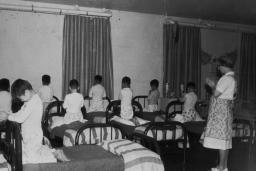
The Witness Blanket
This monumental work of art honours Survivors of Canada’s residential schools. A new website lets you learn from their experiences and bear witness to their stories.
